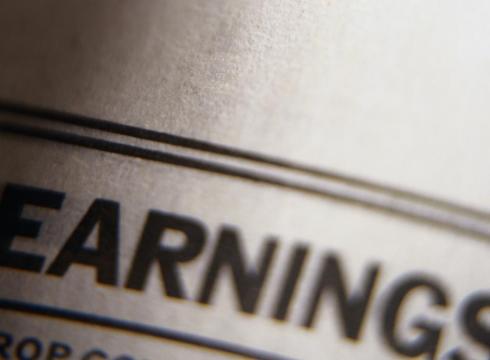The valuation argument is relatively straight forward. On a cyclically adjusted earnings basis (where profits are averaged over the prior decade), the average cyclically adjusted P/E ratio following periods of poor long-term returns was 12. That compares with the long-term average of 16 using the entire historical period, or 14 if you exclude the Bubble Years surrounding the year 2000. Either way, not surprisingly, valuations tended to be quite low and below average following decades of poor stock performance. The cyclically adjusted P/E ratio is graphed below, with the red line showing the long-term average following poor long-term returns.

At the low in 2009, the CAPE was close to the average level of prior periods that followed poor 10-year returns. But the current argument being made by analysts is not about investing at last year's low. It is about investing at current levels of valuation. And here, the graph shows that today's CAPE of over 21 sits far above the levels that typically lead to strong long-term returns.
To drive earnings over the long-term, economic growth matters too. Here the gap between today's characteristics and prior periods widens further. In the 10-year periods that followed low return decades, the US economy grew at an average nominal rate of 10.5 percent a year (using annual GDP data through 1946 and quarterly data thereafter). So, clearly the economy has eventually grown rapidly following periods where stocks suffered poor long-term returns. This makes sense. It was a long, hard slog from the depths of the depression until full recovery. It took until 1941 for output to climb above 1929's level of GDP. But once it did, the economy grew quickly, both during the build-up to the War and during its aftermath. The economy also grew quickly coming out the early 1980's recession, after a long stretch of mediocre economic performance and poor stock market returns.
This data suggests that we should modify the assumption that poor past returns, in and of themselves, reliably lead to strong subsequent long-term returns. It is more accurate to argue that following poor 10-year returns, provided that valuations are depressed based on normalized earnings and the economy is likely to grow at double digits rates of nominal growth - investors can probably anticipate higher subsequent long-term returns.











